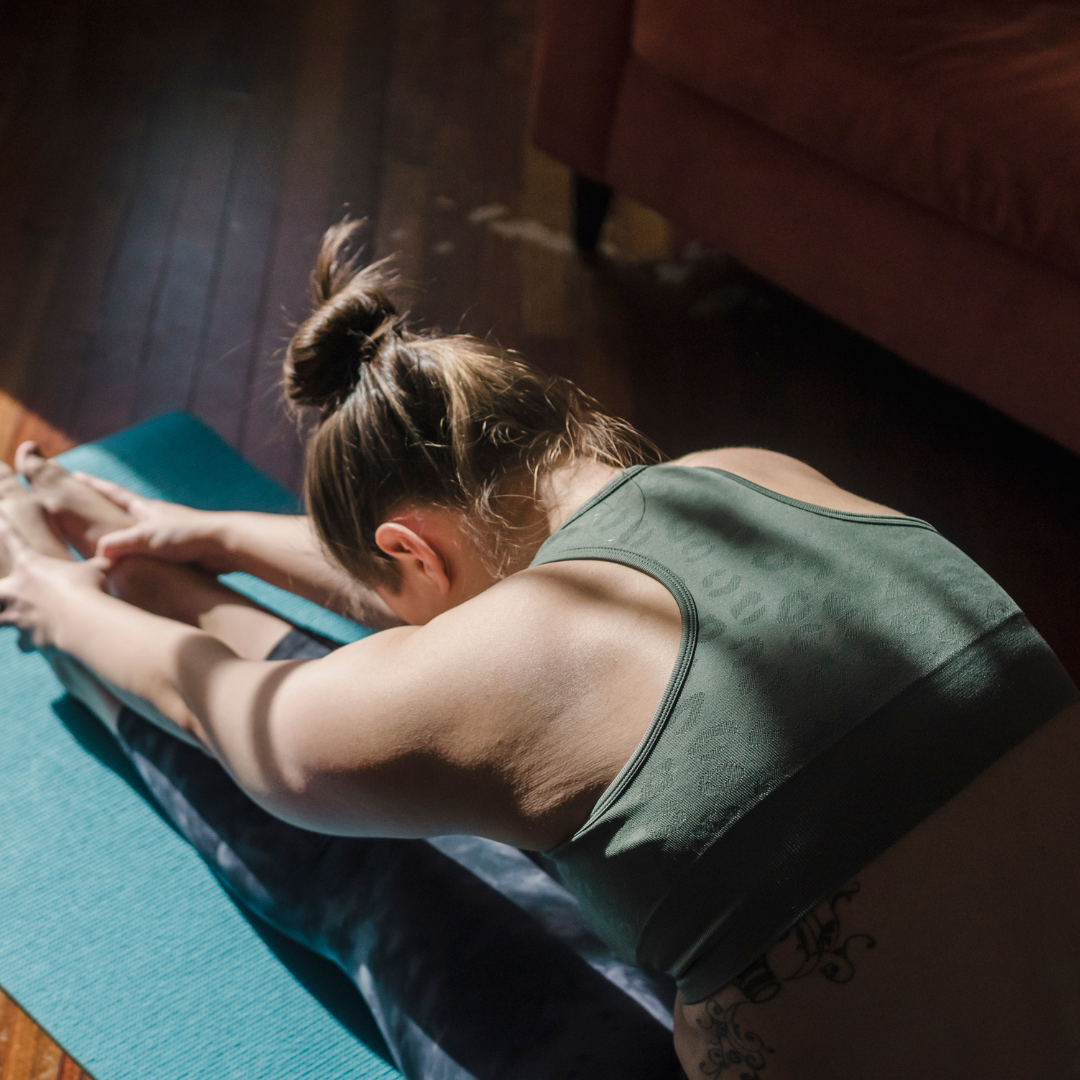Why Stretching is Essential for Recovery
When most people finish a workout, they’re quick to hit the showers and skip recovery work. But stretching after exercise is one of the simplest ways to reduce soreness, improve mobility, and protect long-term joint health.
Incorporating stretching into your recovery routine doesn’t just enhance flexibility—it plays a powerful role in muscle repair, circulation, and injury prevention.
The Key Benefits of Stretching in Recovery
1. Reduces Muscle Soreness
Stretching helps increase blood flow to tired muscles, delivering oxygen and nutrients that aid repair. This reduces delayed onset muscle soreness (DOMS) and speeds up recovery between training sessions.
2. Improves Flexibility and Mobility
Tight muscles limit your range of motion, which can affect form and performance. Regular stretching improves joint mobility, making movements like squats, lunges, and overhead presses safer and more effective.
3. Prevents Injuries
Stretching balances out muscle tension caused by repetitive movements or heavy lifting. When muscles are lengthened and joints move freely, the risk of strains, pulls, and tears is reduced.
4. Enhances Circulation and Recovery
Post-workout stretches promote circulation, which removes metabolic waste (like lactic acid) that builds up during exercise. Better circulation = faster recovery.
5. Relieves Stress and Improves Relaxation
Stretching isn’t only physical—it helps calm the nervous system. Gentle stretches combined with deep breathing reduce stress, lower cortisol levels, and improve mental recovery.
Best Types of Stretching for Recovery
Not all stretches are created equal. The best type of stretching for recovery depends on when and how you use it.
-
Static Stretching (holding a stretch for 20–60 seconds)
-
Ideal after workouts to release tight muscles.
-
Example: hamstring or quad holds after leg day.
-
Dynamic Stretching (controlled, moving stretches)
-
Best for warming up before training, but can also be used in active recovery.
-
Example: walking lunges, arm circles.
-
PNF Stretching (contract–relax technique)
-
Advanced method often used with a partner to increase flexibility.
-
Great for athletes and serious lifters.
How to Add Stretching Into Your Recovery Routine
-
Dedicate 5–10 minutes after workouts for stretching.
-
Focus on major muscle groups you trained that day.
-
Use deep, steady breathing to enhance relaxation.
-
Pair stretching with hydration and sleep for optimal recovery.
Final Thoughts
Stretching isn’t just an afterthought—it’s a recovery tool that boosts performance, reduces soreness, and protects your body from injury. Whether you’re lifting heavy, running miles, or just starting your fitness journey, make stretching a consistent part of your recovery plan.
Your body will thank you tomorrow.
Share
Read more

The Power of Mindset and Recovery in Fitness: Train Smarter, Not Just Harder
Improve your fitness results with the right mindset and recovery strategies. Learn how discipline, sleep, nutrition, and stress management boost performance and prevent burnout.

Why Rest and Recovery Are Essential for Building Muscle and a Strong Mind
Discover why rest and recovery are just as important as training. Learn how sleep, rest days, and stress management help you build muscle, boost mental health, and prevent burnout.

